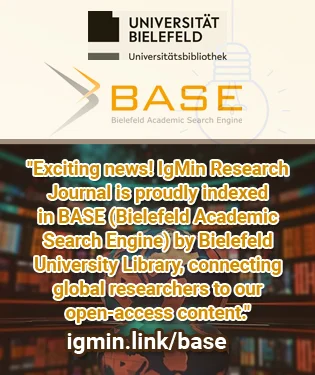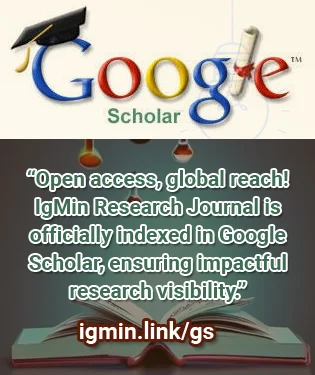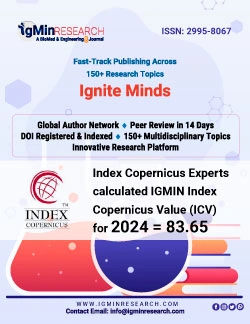Abstract
The Lama language, spoken in Togo, West Africa, belongs to the Gur language family. Linguistic studies on Lama‘s tonal system, particularly within the generative grammar framework, remain limited. This study presents a detailed analysis of the tonal rules in Lama, focusing specifically on noun morphology. A comparative analysis of four noun categories reveals: (a) the categories exhibit three surface tone patterns (high-level, low-level, and falling) in isolation; (b) within phrases, the Low Tone Deletion Rule polarises the categories to two tones, retaining only high-level and low-level tones, as falling tones are blocked in this context; (c) tone alternation is governed by the High Tone Spread Rule; (d) while the underlying tones correspond to surface tones in the first three categories, the fourth category’s underlying rising LH sequence never surfaces and is simplified to a low-level tone via the Contour Tone Simplification Rule; and (e) the phenomenon of downstep arises from the interaction of the High Tone Spread, Low Tone Deletion, and Contour Tone Simplification rules.

























